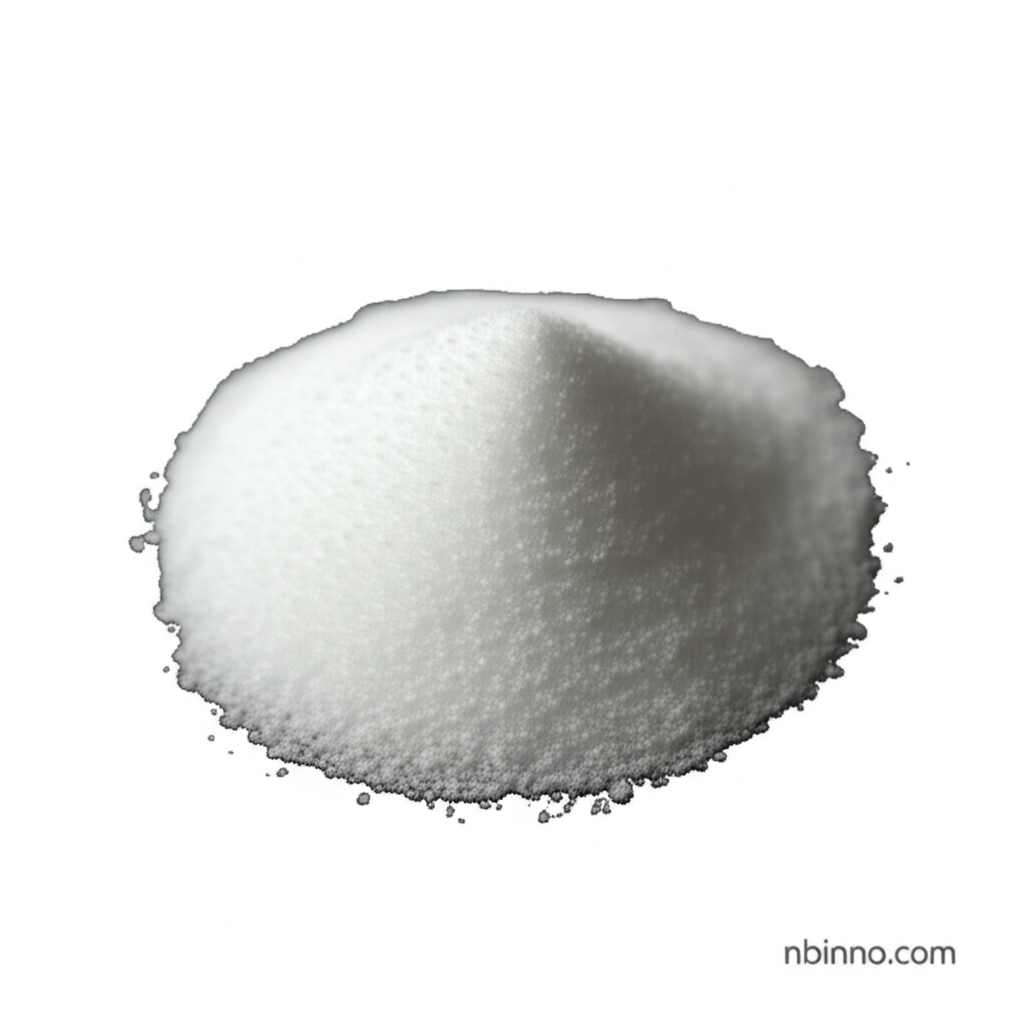Ramatroban: A Dual Antagonist for Allergic Rhinitis and Beyond
Explore the dual mechanism and therapeutic potential of Ramatroban for various inflammatory conditions.
Get a Quote & SampleProduct Core Value

Ramatroban
Ramatroban is a cutting-edge pharmaceutical ingredient recognized for its potent dual antagonistic effects on Thromboxane A2 (TXA2) and Prostaglandin D2 (PGD2) receptors. This unique mechanism makes it a valuable compound in addressing conditions where these mediators play a significant role.
- Understand the ramatroban mechanism of action: It functions by blocking TXA2 receptors, reducing platelet aggregation and vasoconstriction, and by antagonizing DP2 receptors to inhibit inflammatory responses.
- Explore ramatroban uses and side effects: Primarily indicated for allergic rhinitis, it's also being researched for asthma and other inflammatory diseases, with common side effects including gastrointestinal disturbances.
- Discover what is ramatroban used for: Beyond allergic rhinitis, studies suggest its utility in chronic inflammatory diseases such as asthma and potential applications in cardiovascular conditions, showcasing its broad therapeutic potential.
- Learn about ramatroban drug interactions: It's crucial to consult healthcare providers regarding potential interactions with anticoagulants, antiplatelet agents, and NSAIDs due to their impact on hemostasis.
Key Advantages of Ramatroban
Dual Receptor Antagonism
Ramatroban's ability to simultaneously target both TXA2 and DP2 receptors provides a unique therapeutic approach, addressing multiple facets of inflammatory and vascular processes.
Therapeutic Versatility
The explored ramatroban uses and side effects reveal its potential beyond allergic rhinitis, indicating promise for asthma, inflammatory disorders, and cardiovascular health.
Research & Development Focus
Ongoing research into ramatroban COVID-19 treatment highlights its evolving potential, offering new avenues for managing complex respiratory and inflammatory conditions.
Key Applications
Allergic Rhinitis Management
Ramatroban is effectively used to alleviate symptoms associated with allergic rhinitis, addressing the inflammatory responses characteristic of this condition.
Asthma and Inflammation
Its anti-inflammatory properties make Ramatroban a candidate for managing chronic inflammatory diseases like asthma, by modulating key inflammatory pathways.
Cardiovascular Health
The role of TXA2 in cardiovascular events positions Ramatroban as a potential agent for conditions involving platelet aggregation and vasoconstriction.
Respiratory Distress
Emerging studies on ramatroban COVID-19 treatment suggest a potential role in managing respiratory distress and hypoxemia associated with viral infections.
